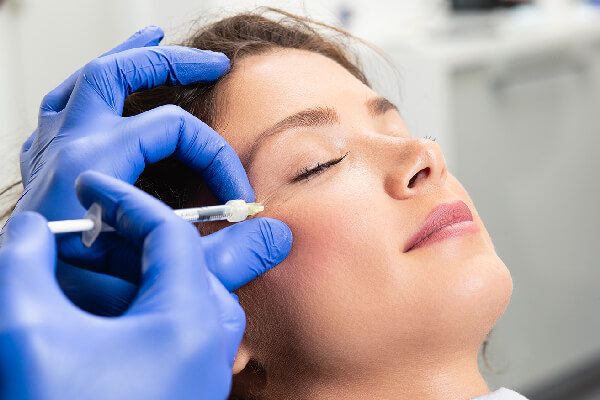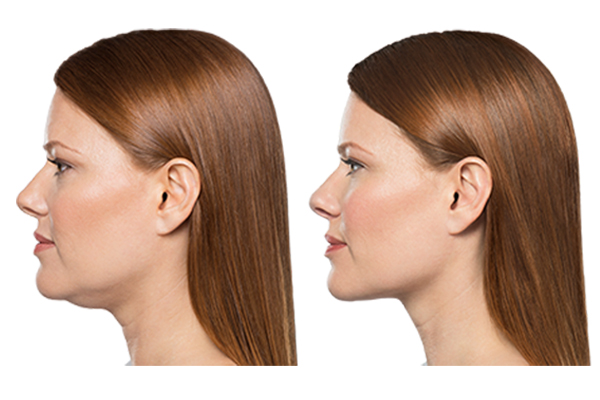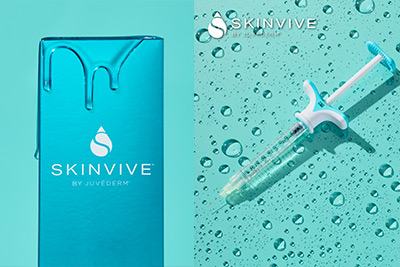Botulinum Toxin Injection (Botox)
Botulinum Toxin is available in the U.S. offered by multiple different manufacturers as different product names, but they are all commonly referred to by patients as “Botox”, which can temporarily paralyze facial muscles resulting in a smoother appearance. However, there are two main types of wrinkles – dynamic and static. Dynamic wrinkles are the lines that appear when you make facial expressions, such as crow’s feet around the eyes, horizontal forehead furrows, and frown lines. Static wrinkles are seen even when your face is at rest, even while not moving any facial muscles at all. Botox is best used to treat dynamic wrinkles; static wrinkles generally indicate age- and sun- related damage causing a loss of elasticity and volume, that Botox alone might not be as effective in terms of smoothing them out. However, if you start Botox early, before your wrinkles become static, the formation of wrinkles may be delayed. Our doctors like Botox’s anti-aging effect – with regularly scheduled injections of Botox, and consistent use of sunscreen and other skin protective care, patients can prolong their youthful appearance. So we believe the best time in your life to start a low-dose Botox regimen is actually your early 30’s, to prevent wrinkles before they begin.









